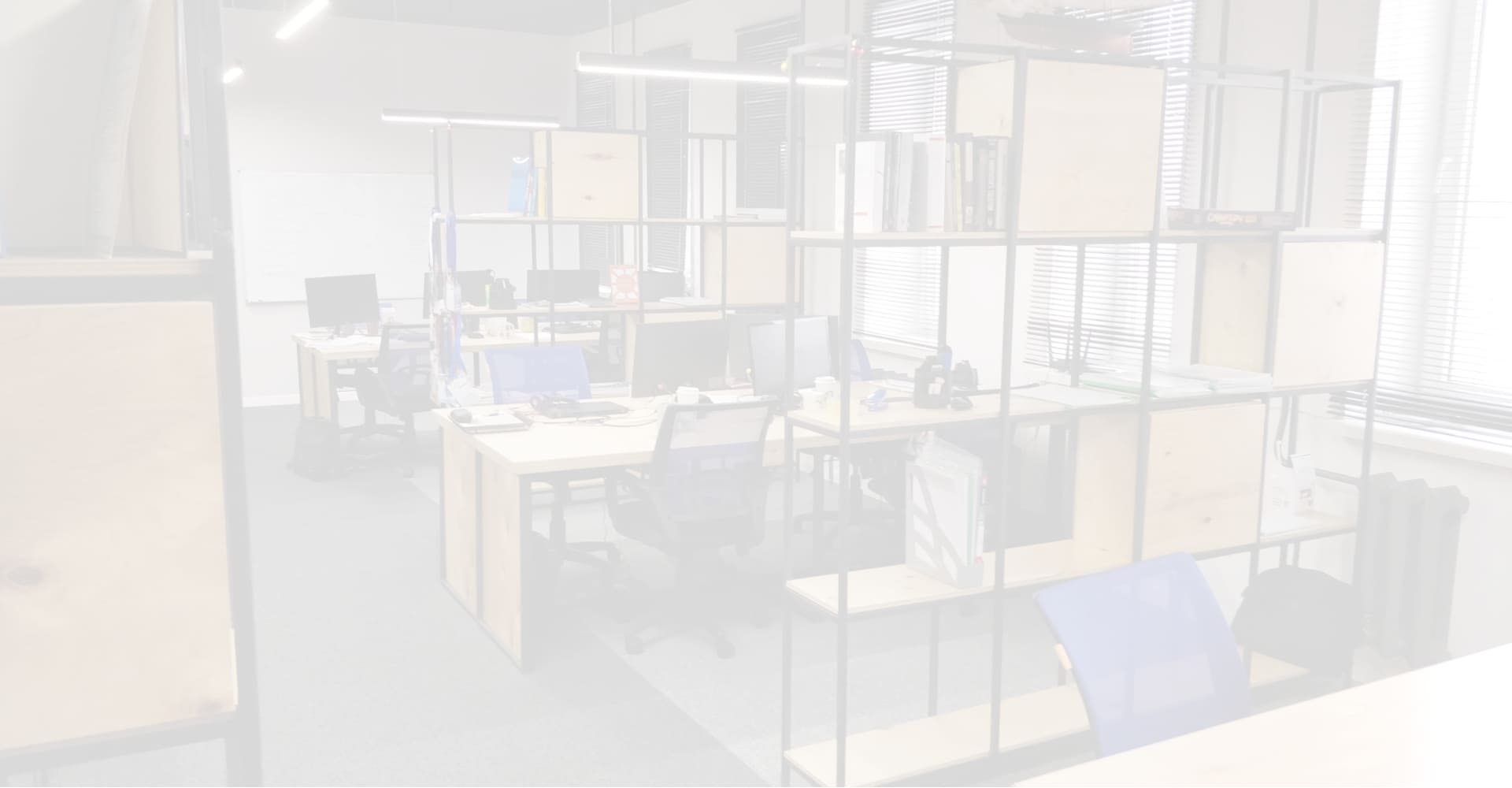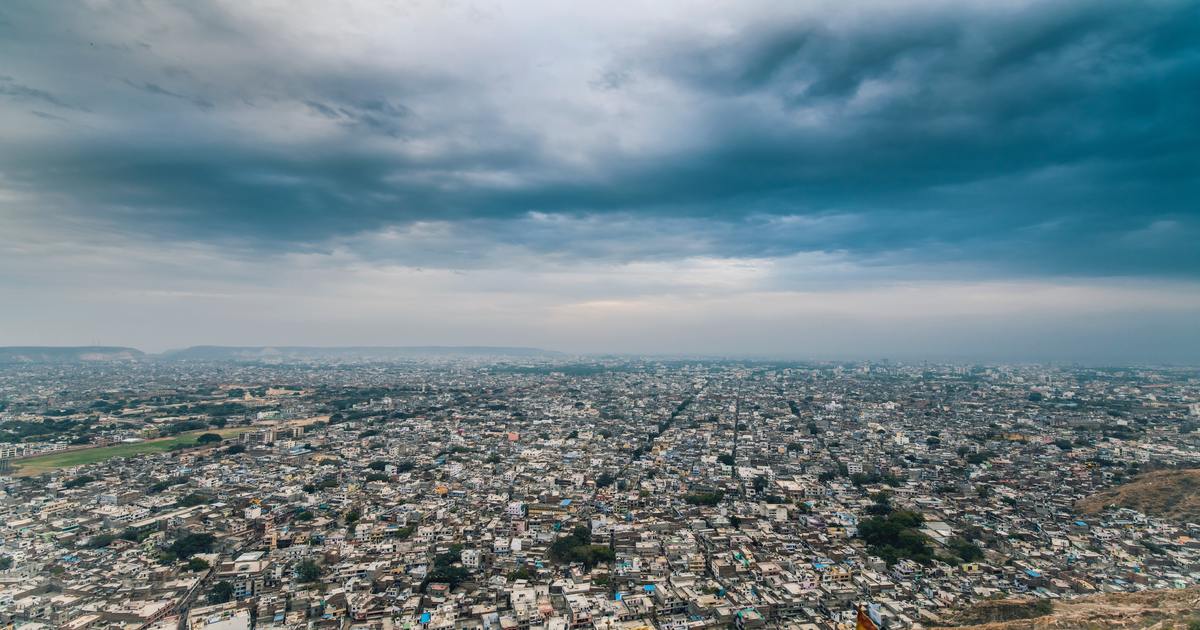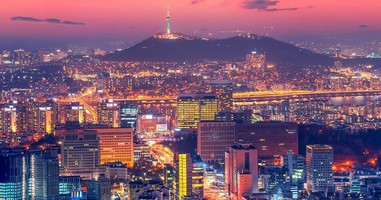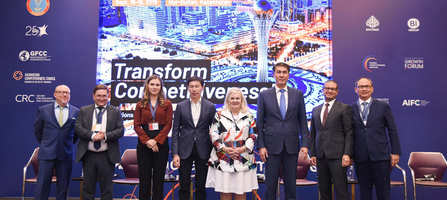
Blogs
From a bird's eye view
June 3, 2019


Madina Kabdualieva
senior analyst
The famous Danish architect Jan Geil* introduced a rather interesting concept to urbanism - birdshit architecture. The term describes the construction of a city that looks beautiful from a height, but is not suitable for a comfortable life on earth. The classic representative of such cities is Brasilia (Fig. 1), but for Kazakhstanis Nur-Sultan (Fig.2) will be a much more relevant example.
The desire to put the city on the architectural map of the world is commendable, but the described approach has at least two disadvantages.
First, the lack of variety of the urban environment. Creating a clear ornament from a bird's eye view requires a standard city development, which automatically deprives districts of uniqueness. As Winston Churchill said, "We shape our buildings; thereafter they shape us." The city's sustainability is ensured by its ability to attract new people and businesses that could find their place in the urban economy, which also requires a variety of urban spaces. The collaboration of urbanists and neuroscientists (such as Colin Ellard) has led to a simple result: the diversity of building facades directly affects the condition of their residents. However, the "sameness" of districts creates boredom and suffocates the creativity, turning the city into a geometrically correct, but soulless territory.
Secondly, the unavailability of walking distance. Often, the satellite of birdshit architecture is the distance of objects from their main user. To preserve the symmetry and unity of form, city planners can push the primary needs of residents, such as schools, clinics, kindergartens, and park areas to the background. Often, it becomes difficult to get to these places on foot - in places of pedestrian walking areas, there are wide highways that discourage any desire to walk along the street. This inefficiency complicates the process of providing and receiving the necessary services, increases costs, and fuels negative attitudes in society.
The inconvenience and lack of organicity in the city means that highly qualified personnel will not come here, who for obvious reasons need something more than”just a house". Talented young people do not care what their place of residence looks like from satellite - it is important for them that everything they need is always nearby, without interfering with their professional activities. Small and medium-sized businesses will also develop slowly here. Areas that do not have convenient and fast transport routes and have nothing to do will not be able to attract customers, which will fuel local businesses.
Building a patterned carpet may be interesting, but as long as people do not use helicopters on a daily basis, it will not reimburse all the inconveniences that such architecture has created.
Because the city is for people. Not for the birds.
*In 2015 Jan Gail was invited by the mayor of Almaty Akhmetzhan Yessimov for changing the appearance of the city. Recent projects of the architect also included the redevelopment of Tashkent and Yerevan.
all publications











